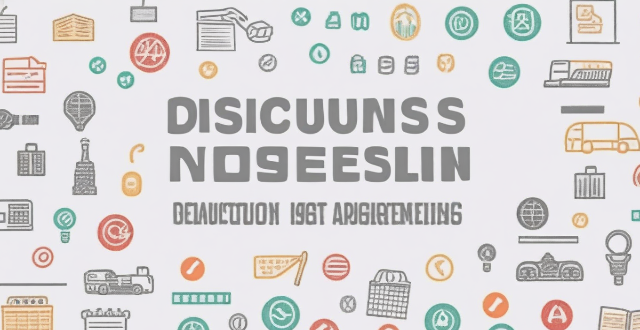This text discusses the impact of poor project management on construction hazards, including inadequate planning, communication breakdown, ineffective risk management, unrealistic timelines and budgets, and inadequate supervision and training. It emphasizes the importance of effective project management practices for ensuring safety and success in construction projects.

Poor Project Management: A Catalyst for Construction Hazards
Introduction
Construction projects are complex and dynamic, requiring meticulous planning, coordination, and execution. When project management falls short, it can lead to a multitude of hazards that endanger workers, compromise the structural integrity of the building, and result in costly delays. This discussion delves into how poor project management contributes to construction hazards.
The Impact of Poor Project Management
*Inadequate Planning*
- Lack of Detailed Designs: Without comprehensive plans and specifications, workers may have to improvise, leading to incorrect installations and potential safety issues.
- Misallocation of Resources: Insufficient planning can result in resources being misallocated or not available at critical times, causing work interruptions and increasing the risk of accidents.
*Communication Breakdown*
- Information Silos: When information isn't shared effectively across all parties involved, crucial details can be overlooked, leading to errors in construction.
- Misinterpretation of Plans: Miscommunication can cause workers to misinterpret plans, potentially leading to structural weaknesses and safety hazards.
*Ineffective Risk Management*
- Underestimation of Risks: Failure to identify and mitigate potential risks can expose workers to unsafe conditions and increase the likelihood of accidents.
- Lack of Contingency Plans: Without contingency measures in place, unexpected events can cause chaos, further elevating hazards on site.
*Unrealistic Timelines and Budgets*
- Rush to Meet Deadlines: Unrealistic timelines can pressure teams to cut corners, overlooking safety protocols and increasing the risk of accidents.
- Financial Pressures: Tight budgets might lead to the use of substandard materials or inadequate safety equipment, both of which pose significant hazards.
*Inadequate Supervision and Training*
- Lack of Proper Oversight: Without adequate supervision, workers might not follow safety procedures, increasing the risk of injuries and fatalities.
- Insufficient Worker Training: Workers who aren't properly trained may not understand how to safely perform their tasks or use equipment correctly.
Conclusion
Effective project management is paramount for ensuring safety and success in construction projects. By recognizing and addressing the pitfalls of poor management—such as inadequate planning, communication breakdowns, ineffective risk management, unrealistic timelines and budgets, and inadequate supervision and training—construction firms can significantly reduce hazards on site. Investing in robust project management practices is not just a responsibility but a necessity for safeguarding lives and ensuring the structural integrity of buildings.